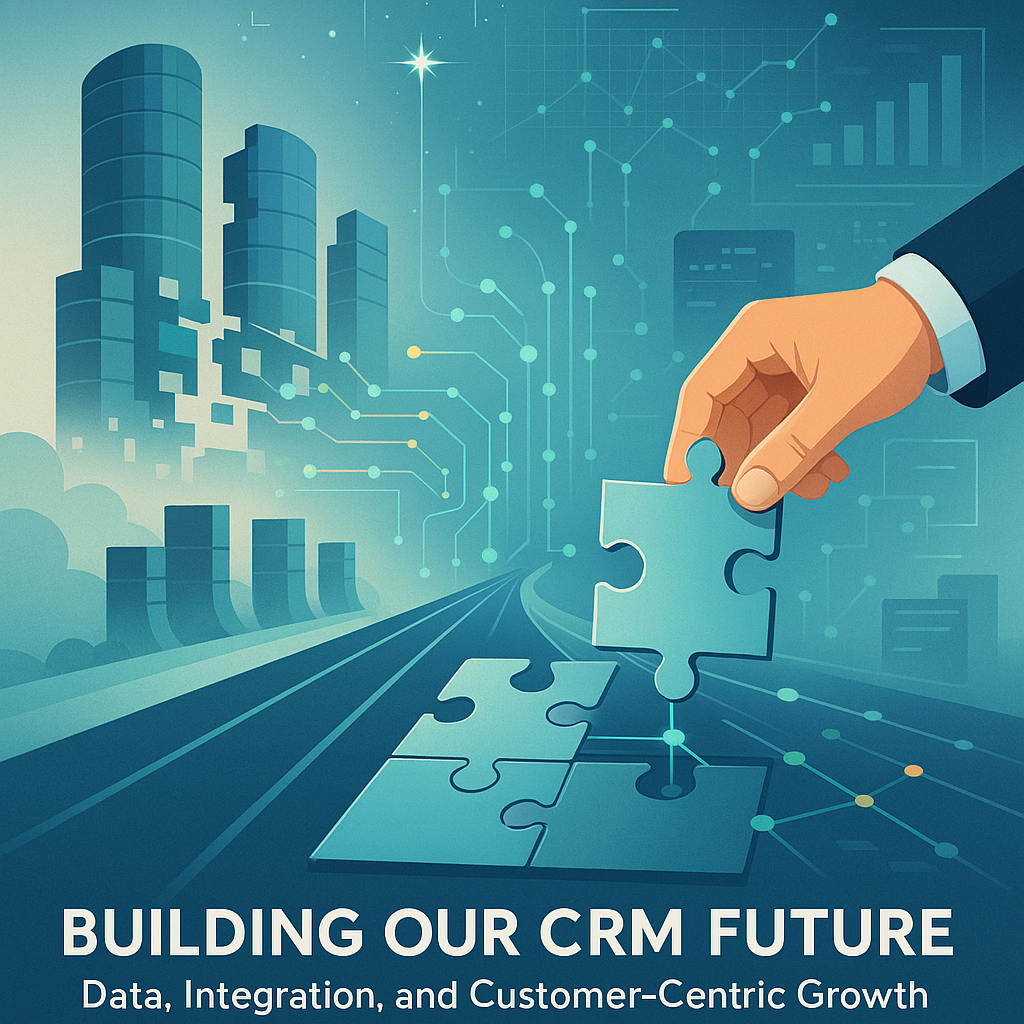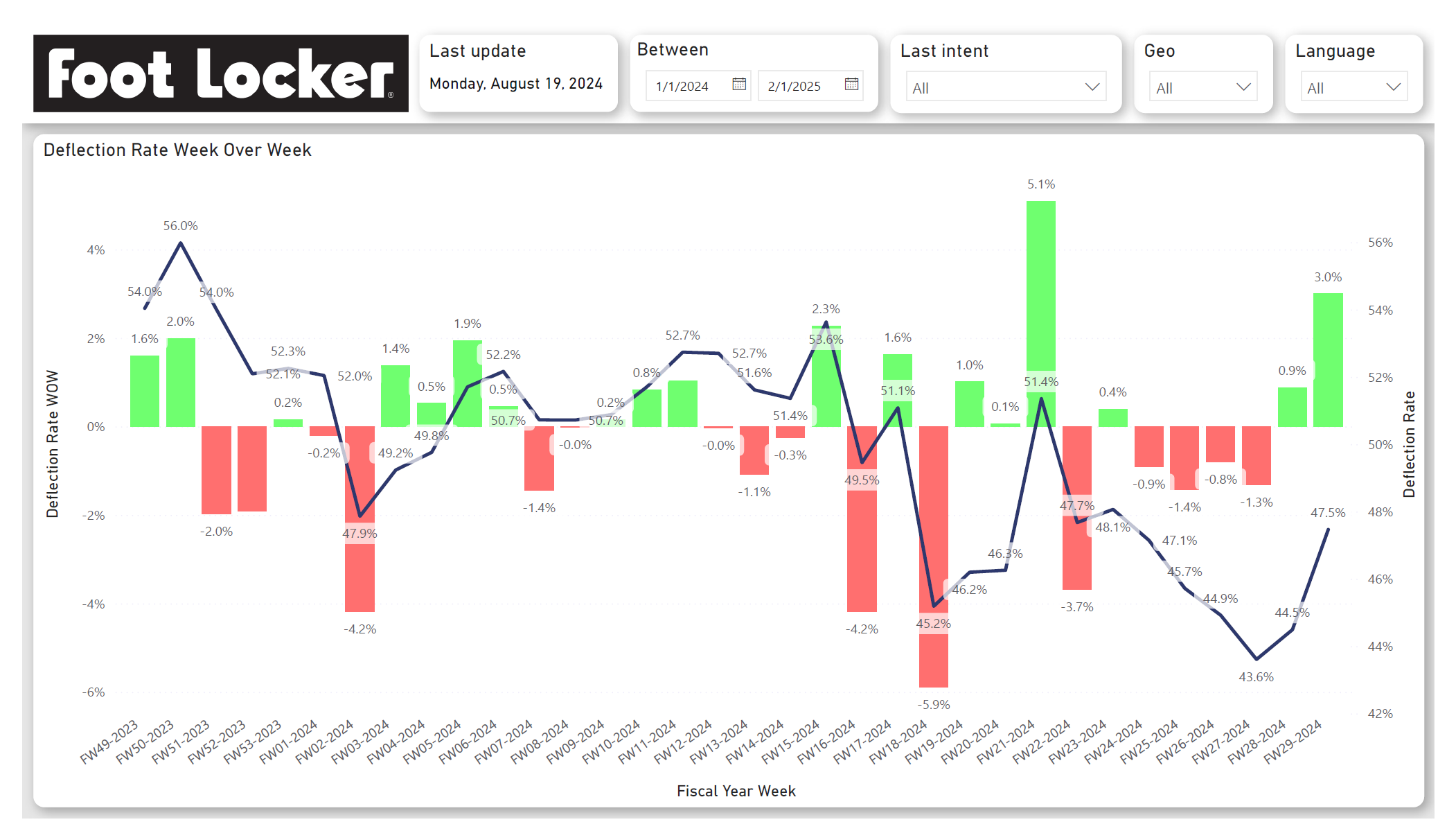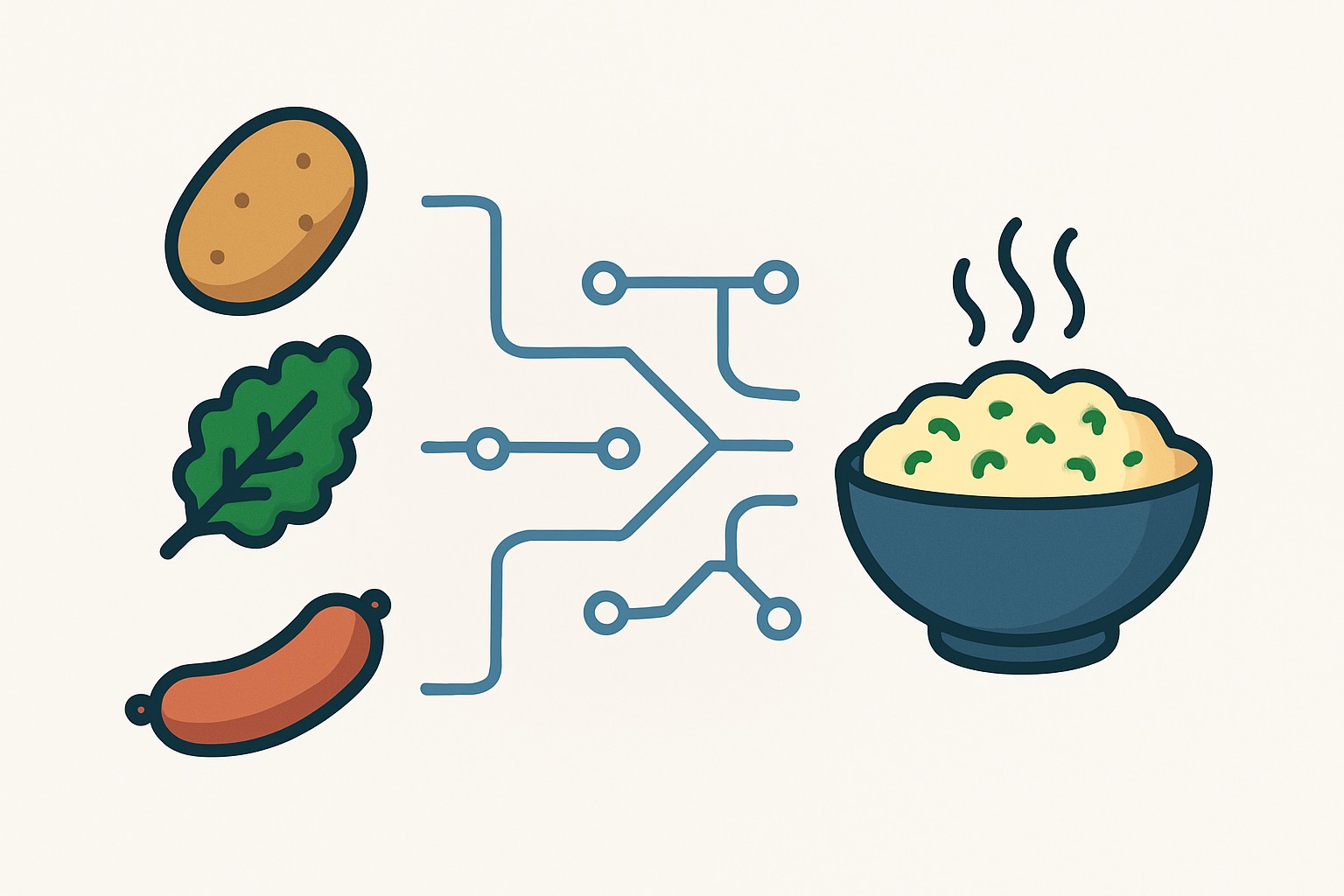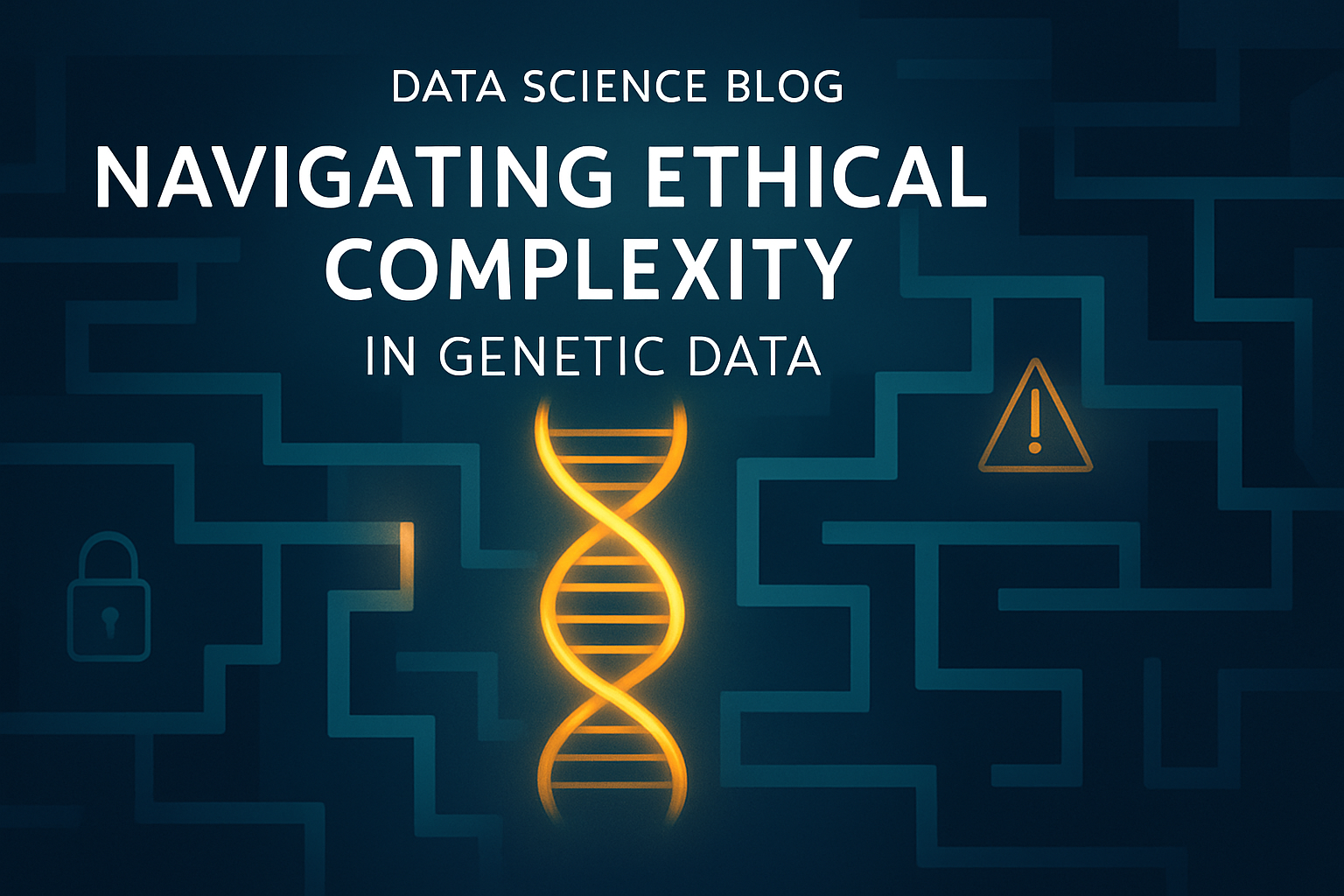· Fabian Schreuder · Business Projects · 5 min read
Unifying Our Customer View: The Wageningen Academy & Professional Education CRM Integration Journey
Follow the journey of integrating two distinct CRM systems at Wageningen University & Research to enhance customer experience, boost efficiency, and drive cross-selling opportunities between Wageningen Academy and Professional Education.
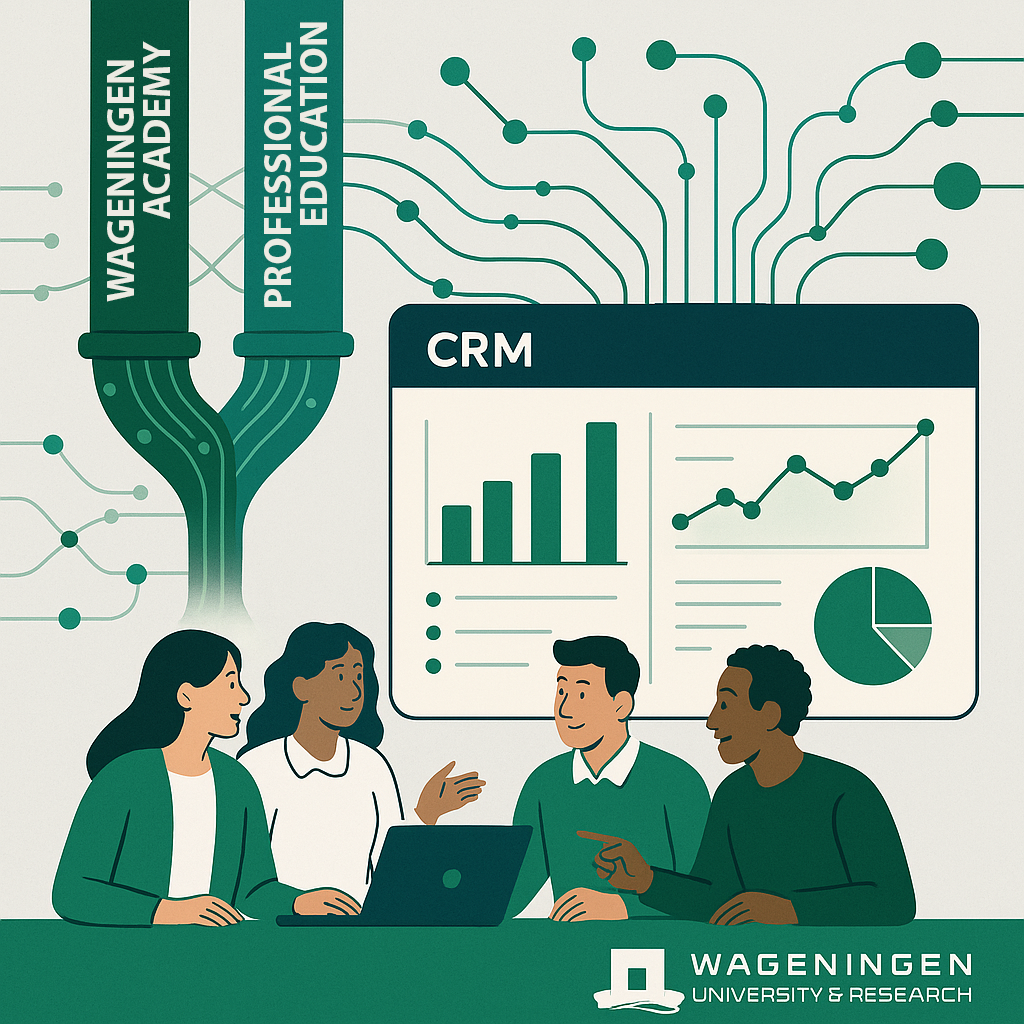
At Wageningen University & Research (WUR), continuous improvement and strengthening our connection with our diverse audience are paramount. Our Wageningen Academy (WA) and Professional Education (PE) departments both play crucial roles in lifelong learning, but historically, they operated with separate Customer Relationship Management (CRM) systems. This separation, while functional in isolation, presented challenges and missed opportunities in a world increasingly driven by connected data and personalized experiences.
Recognizing this, we embarked on an ambitious project: the CRM Integration of Wageningen Academy and Professional Education. This isn’t just a technical project; it’s a strategic initiative aimed at fundamentally improving how we understand and engage with our clients. This post shares our journey – the vision, the plan, and the learnings along the way.
The Why: Addressing Fragmentation, Unlocking Potential
Operating with two separate CRMs meant fragmented customer data. We lacked a unified view of individuals interacting with both WA and PE. This led to:
- Inefficiencies: Manual data comparison or duplicate entries wasted valuable time.
- Missed Opportunities: Identifying cross-selling potential between WA courses and PE programs was difficult and often relied on guesswork rather than data.
- Incomplete Customer Journey: We couldn’t fully map or personalize the customer experience across both departments.
- Data Accuracy Concerns: Maintaining consistent and accurate data across two systems was inherently challenging.
Our overarching CRM vision at WUR is to enhance our market position by increasing customer value and conversion through data-driven strategies, personalization, and a holistic understanding of the customer journey. The CRM integration project is a direct enabler of this vision.
The Goal: A Unified Vision with Measurable Outcomes
We didn’t want this to be just about merging databases. Our core project objective is clear:
To integrate the existing WA and PE CRM environments to connect target audiences, increase efficiency, provide a complete view of customer interactions across both departments, and improve data accuracy, resulting in a 10% increase in cross-sell conversion and a positive ROI within two years post-implementation.
To ensure we stay on track, we defined specific, measurable success metrics:
- Data Accuracy: Maintaining 95% or higher accuracy within the new unified system.
- Cross-Sell Conversion: Achieving a tangible 10% lift in WA-PE cross-sells via email campaigns.
- Return on Investment: Demonstrating positive financial returns within two years.
The How: Planning Our Integration Journey
Embarking on a project like this requires careful planning and a collaborative team effort.
1. Assembling the Team: We knew success depended on bringing together diverse expertise. Our project team is multi-functional, including:
- Project Management: Myself (Fabian Schreuder) guiding the overall process.
- CRM Analysis: Experts ensuring alignment with the CRM vision and mapping out data requirements.
- Technical Leadership: Overseeing the technical design, development, and implementation.
- Database Administration: Focusing on data integrity, security, and performance.
- Quality Assurance: Ensuring the final system is robust and error-free.
- End-User Representation: Crucial input from users to ensure usability.
- Stakeholder Representation: Key figures ensuring broader business needs are met.
2. Defining the Scope: With a budget of €25,000, we outlined the core activities: data migration planning and execution, system integration design and build, user training, rigorous testing, deployment, and post-launch support. Clarity on scope prevents “scope creep” and keeps us focused.
3. Mapping the Milestones: We broke the project down into manageable phases with clear milestones, spanning approximately 23 weeks:
- Initiation: Defining the charter, team, and plan.
- Analysis & Planning: Developing detailed migration, integration, and test plans.
- Development: Building and unit testing the integration solution.
- Testing: Comprehensive testing of the integrated system.
- Implementation: Go-live! Deploying the system to the production environment.
- Training & Support: Equipping users and establishing ongoing maintenance.
- Project Closure: Final reporting, handover, and evaluation.
4. Identifying Deliverables: We defined tangible outputs for each phase, including the integrated CRM system itself, detailed migration/integration/test plans, user guides, training materials, technical documentation, and support plans.
Navigating Challenges and Dependencies: Lessons in Planning
Even with a solid plan, integration projects have inherent complexities. A key learning during the planning phase was the critical importance of identifying and managing dependencies early on:
- Sequential Tasks: Data migration must precede integration, which must precede testing, and so on. Understanding this flow is vital for scheduling.
- Resource Availability: The project’s timeline heavily depends on the availability of key personnel. We need to factor this into scheduling realistically.
- Third-Party Systems: Integrating with external systems like the Ingenico payment gateway (used by WA) and the WebPower email system requires coordination and depends on their APIs and accessibility.
- Proactive Management: We learned the necessity of documenting these dependencies explicitly and establishing regular reviews to adjust the plan proactively if delays arise in one area, minimizing downstream impact.
Communication: The Glue Holding It Together
A project involving multiple departments and stakeholders demands clear, consistent communication. Our plan emphasizes:
- Structured Meetings: From kick-off to regular team syncs, bi-monthly stakeholder updates, and a formal closure meeting.
- Transparent Updates: Bi-weekly status reports shared via Microsoft Teams.
- Centralized Tools: Using Jira for task tracking and progress monitoring, and Microsoft Teams for collaboration.
- Emergency Protocols: Clear channels for addressing critical issues promptly.
This structured approach aims to keep everyone informed, aligned, and able to address challenges collaboratively.
Looking Ahead: Anticipating the Rewards
While we are still on the journey, the planning process itself has been a valuable learning experience, reinforcing the need for clear goals, cross-functional collaboration, and meticulous dependency mapping.
We are excited about the potential outcomes:
- A truly unified view of our customers.
- Increased efficiency for our marketing and support teams.
- Improved data quality fueling better decisions.
- Actionable insights leading to smarter cross-selling and upselling.
- A more personalized and seamless experience for everyone interacting with Wageningen Academy and Professional Education.
Ultimately, this CRM integration project is a crucial step towards fulfilling WUR’s broader vision of customer-centricity and data-driven success. We look forward to sharing further updates as we progress through the implementation and begin to realize the benefits. Stay tuned!
